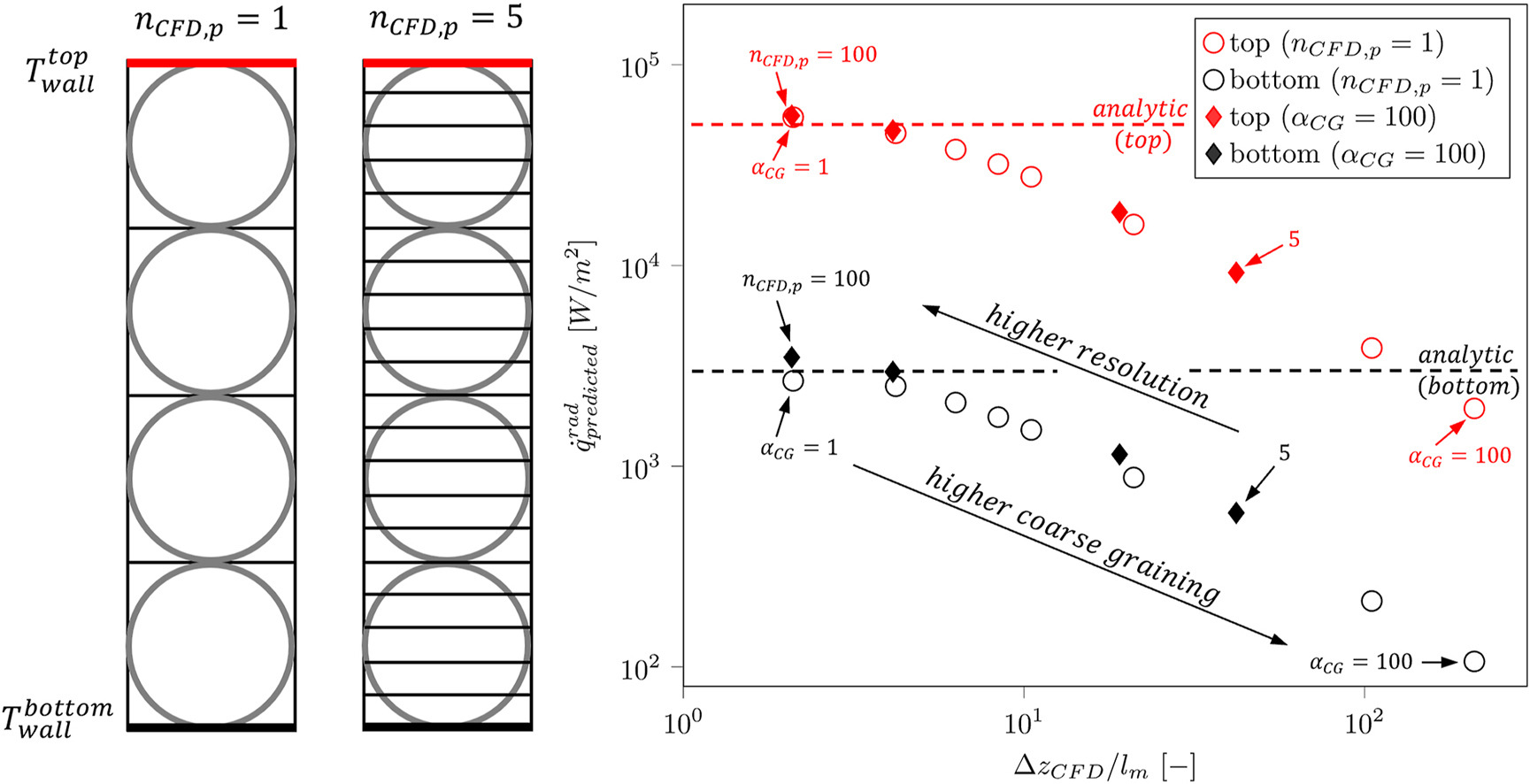- Volumes 96-107 (2025)
-
Volumes 84-95 (2024)
-
Volume 95
Pages 1-392 (December 2024)
-
Volume 94
Pages 1-400 (November 2024)
-
Volume 93
Pages 1-376 (October 2024)
-
Volume 92
Pages 1-316 (September 2024)
-
Volume 91
Pages 1-378 (August 2024)
-
Volume 90
Pages 1-580 (July 2024)
-
Volume 89
Pages 1-278 (June 2024)
-
Volume 88
Pages 1-350 (May 2024)
-
Volume 87
Pages 1-338 (April 2024)
-
Volume 86
Pages 1-312 (March 2024)
-
Volume 85
Pages 1-334 (February 2024)
-
Volume 84
Pages 1-308 (January 2024)
-
Volume 95
-
Volumes 72-83 (2023)
-
Volume 83
Pages 1-258 (December 2023)
-
Volume 82
Pages 1-204 (November 2023)
-
Volume 81
Pages 1-188 (October 2023)
-
Volume 80
Pages 1-202 (September 2023)
-
Volume 79
Pages 1-172 (August 2023)
-
Volume 78
Pages 1-146 (July 2023)
-
Volume 77
Pages 1-152 (June 2023)
-
Volume 76
Pages 1-176 (May 2023)
-
Volume 75
Pages 1-228 (April 2023)
-
Volume 74
Pages 1-200 (March 2023)
-
Volume 73
Pages 1-138 (February 2023)
-
Volume 72
Pages 1-144 (January 2023)
-
Volume 83
-
Volumes 60-71 (2022)
-
Volume 71
Pages 1-108 (December 2022)
-
Volume 70
Pages 1-106 (November 2022)
-
Volume 69
Pages 1-122 (October 2022)
-
Volume 68
Pages 1-124 (September 2022)
-
Volume 67
Pages 1-102 (August 2022)
-
Volume 66
Pages 1-112 (July 2022)
-
Volume 65
Pages 1-138 (June 2022)
-
Volume 64
Pages 1-186 (May 2022)
-
Volume 63
Pages 1-124 (April 2022)
-
Volume 62
Pages 1-104 (March 2022)
-
Volume 61
Pages 1-120 (February 2022)
-
Volume 60
Pages 1-124 (January 2022)
-
Volume 71
- Volumes 54-59 (2021)
- Volumes 48-53 (2020)
- Volumes 42-47 (2019)
- Volumes 36-41 (2018)
- Volumes 30-35 (2017)
- Volumes 24-29 (2016)
- Volumes 18-23 (2015)
- Volumes 12-17 (2014)
- Volume 11 (2013)
- Volume 10 (2012)
- Volume 9 (2011)
- Volume 8 (2010)
- Volume 7 (2009)
- Volume 6 (2008)
- Volume 5 (2007)
- Volume 4 (2006)
- Volume 3 (2005)
- Volume 2 (2004)
- Volume 1 (2003)
• Novel heat exchange limiter to stabilize fluid-particle heat transfer calculations.
• View-factor corrections for coarse-grained radiative heat transfer simulations.
• Grid resolution guidelines ensure reliable P1 radiation predictions in CFD-DEM.
Accurately predicting heat flux in coarse-grained CFD-DEM simulations is a significant challenge. Specifically, the rates of fluid-particle heat exchange, the effective thermal conductivity of a bed of particles, as well as radiative heat transfer rates are difficult to predict. By using a novel algorithm, we significantly improve the accuracy and stability of such simulations by using a heat exchange limiter. This limiter enables realistic predictions even at time steps that are three orders of magnitude larger than a typical fluid heat relaxation time. Additionally, view-factor-based corrections for radiative heat exchange computations are developed. These corrections ensure an effective thermal bed conductivity with less than 3 % error for a coarse-graining ratio of 10. The applicability of the P1 radiation model in coarse-grained settings is also examined, leading to recommendations for the CFD grid resolution to ensure accurate predictions. Our methods significantly enhance stability, accuracy, and computational efficiency, making coarse-grained CFD-DEM simulations more viable for industrial applications. These advancements enable more reliable modeling of high-temperature processes, accelerate optimization studies, and enable virtual equipment design of such processes.

